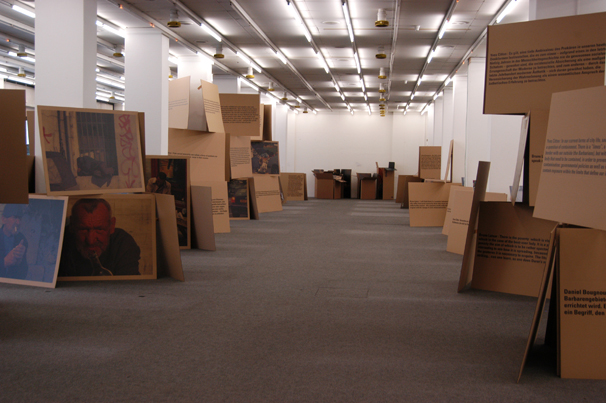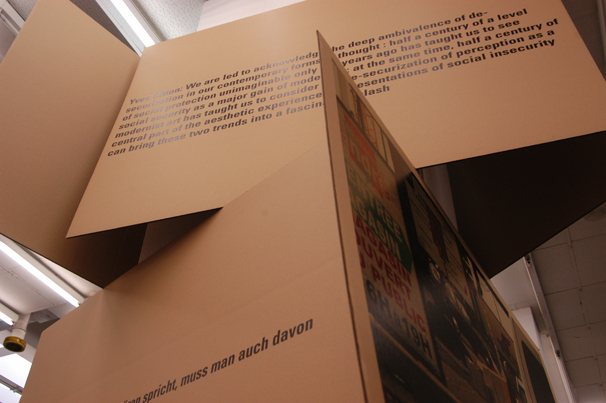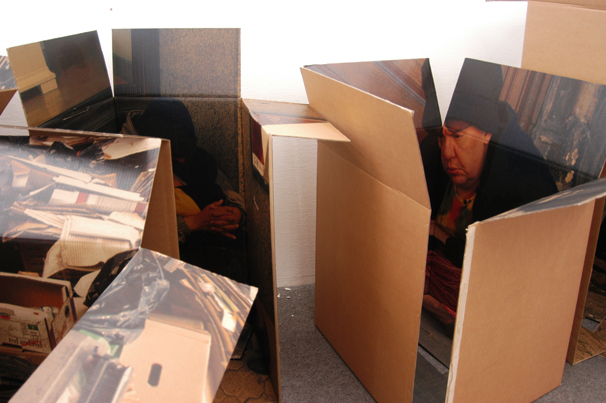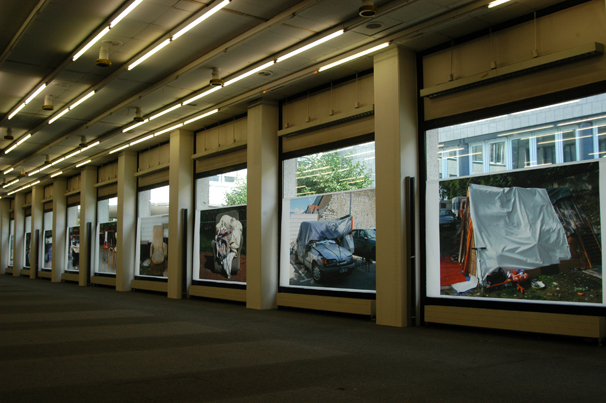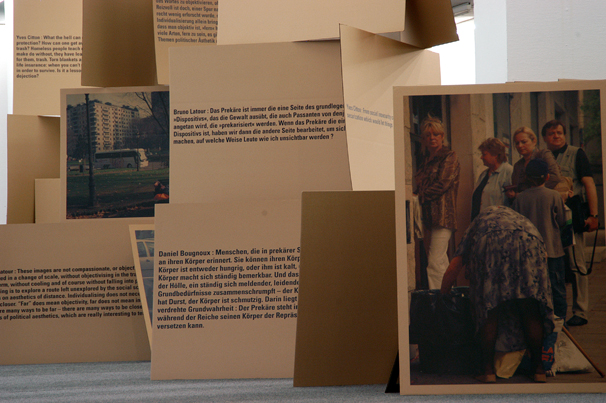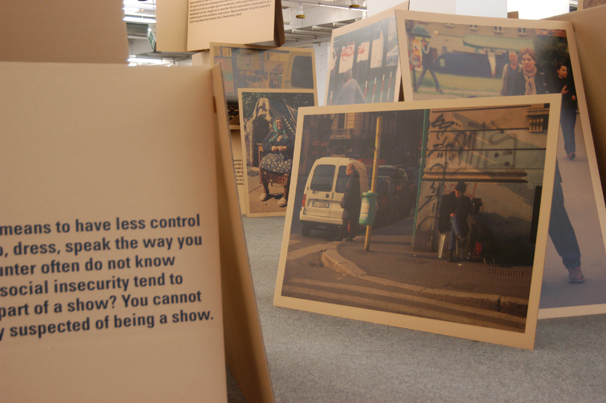memento vivere
 .
.
Memento vivere is a prospective research project that blends contemporary creation and social science research. It continues our previous work on the living and vitalities, from a new perspective. For art remains a powerful tool for reframing our lives, situating them in their proper context within the long-term course of humanization and the great cycle of life.
In particular, it can help us recognize how much past generations compose our matrix, how we still lead our lives accompanied by their words and with their tools. This is how they socialize and humanize us. This is a perennial social function, that is, one that is active in the world of the living. No civilization would exist without this transmission of words and knowledge, symbols and tools. There is nothing necrophiliac in this research, but rather, in the era of the Anthropocene and the collapse of ecosystem balances, the desire to question and reframe our lives, to situate them in their proper context within the long-term course of humanization and the tangled dynamics of life
- Two contemporary works will be open to the public in November 2025 at the Petit Sablon cemetery in the commune of La Tronche : Les Présences by Philippe Mouillon, and La Moire by Mathilde and Nicolas Beguin.
- Then a series of encounters will take place at the Grenoble museum on Saturday, November 8, 2025, from 11 a.m. to 5 p.m.:
The LABORATOIRE and the Grenoble Museum are offering a series of conversations on Saturday, November 8, about the place of the dead in the world of the living. These conversations will involve authors and artists whose work questions our mortal condition, practitioners who are confronted daily with death or its accompaniment, and the public:
- Julia Champey, anesthesiologist and intensive care physician, head of the Grenoble branch of the Medical Humanities Chair at the GHU Psychiatry – Neurosciences / Sorbonne, directed by Cynthia Fleury
- Rachid Koraichi, visual artist, author of Jardin d’Afrique in Zarzis, Tunisia, a cemetery intended to house the anonymous bodies of migrants who died at sea
- Pierre Reboul, writer, author of Haiku from the Threshold of Death and Petites chroniques d’un carré commun, member of the collective Morts de rue et personnesisolers de Grenoble to accompany the funerals in the Carré commun of the homeless and Disaffiliated
- Jehanne Roul, lecturer in medieval history at UCO Angers. Her research focuses on beings and their remains—such as relics or the dead on the battlefield.
- Raphaëlle Guidée, professor of comparative literature at the University of Paris 8, works on mourning, memory, and mass violence, and is the author of The City After. Detroit, a narrative investigation and The Apocalypse, a political imagination
- Daniel Bougnoux, philosopher, is currently exploring forms of life
- Pascaline Thiolliere, architect, researcher on spaces of coexistence with the dead and the spatiality of mourning, at the Cresson laboratory, ENSA Grenoble-UGA
- Jacques Grison, photographer, author of a long-term research project on the landscapes of the Verdun battlefields
- Arnaud Petit, performer, composer, and conductor, author of operas, oratorios, and works combining music and narrative, including Memories, about the presence of the missing
- Mathilde Béguin, visual architect, and Nicolas Béguin, cabinetmaker designer, authors of La Moire
- Philippe Mouillon, visual artist, creator of Memento vivere, and author of Légende(s), composed with Maryvonne Arnaud in Sarajevo besieged
The Grenoble Museum thus revives a long tradition of art history, to which its collections bear witness, from Egyptian antiquities to the present day.
With the support of the Ministry of Culture (Drac Auvergne Rhône-Alpes), the Auvergne Rhône-Alpes region – within the framework of the 21st Century Memories calls for projects, the Department of Isère, the City of La Tronche and the city and Museum of Grenoble.

